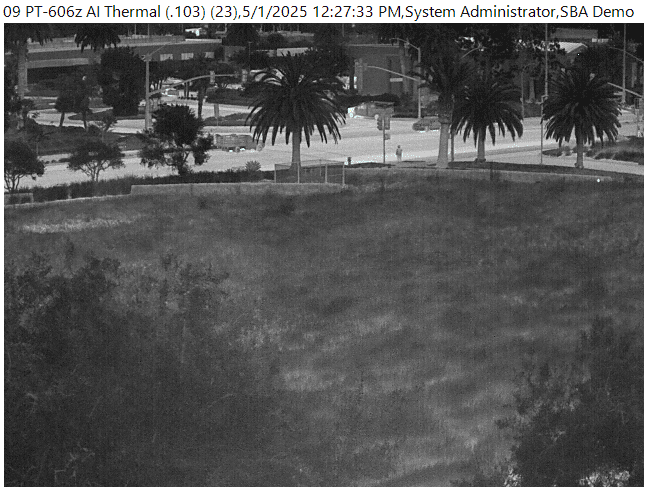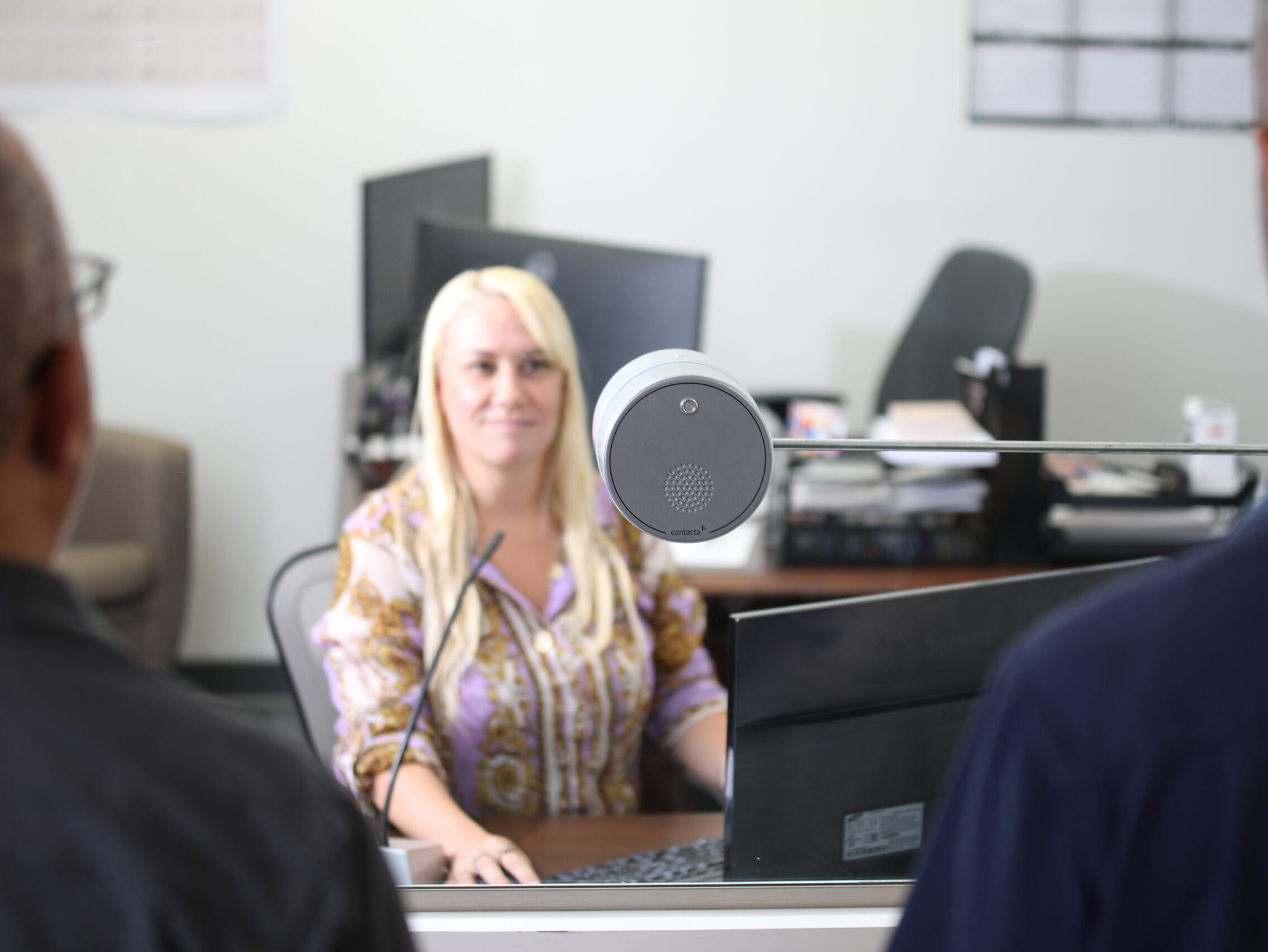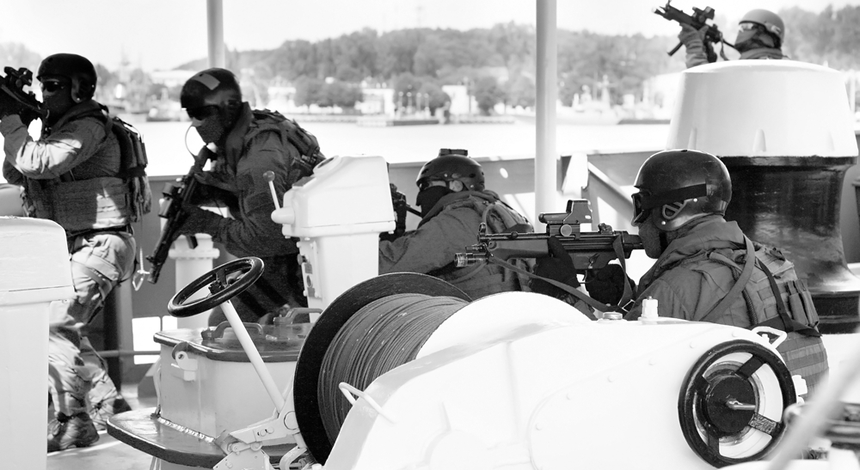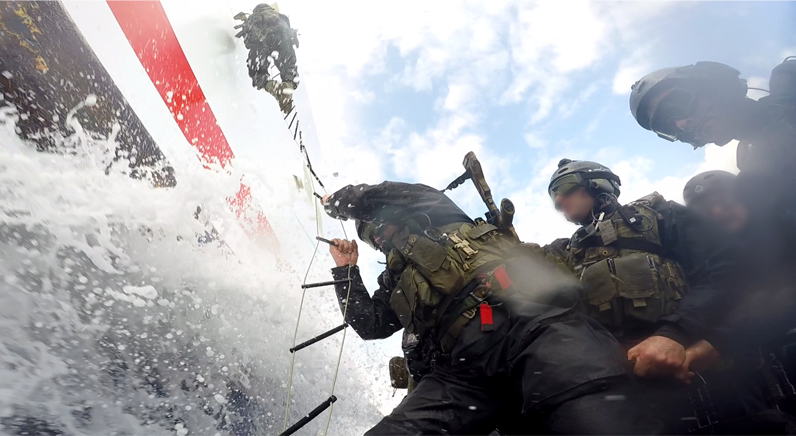
As with the other books in the series it has been written by Steven Jones MNI, who commented: “Stowaways pose significant security, safety, commercial and liability issues for shipping. The problem is a serious one and shows no sign of abating.”
He added that as Maritime Director of the Security Association for the Maritime Industry (SAMI), his primary focus is on the human element of maritime security. He aims, through the book to make available best practice on protecting vessels, training, and provision of useable and timely intelligence to all, whether they are onboard vessels or ashore.
Stowaways pose significant problems, and the issue shows no sign of abating. For too long practically resolving stowaway has seemingly lacked clarity and process, while there was much theory, there was no real functioning mechanism in place. Thankfully through a number of developments at the United Nations and International Maritime Organization, (IMO), now things are far more straightforward.
Stowaways have become a Master’s and shipowner’s worst nightmare. It is a sad fact that many people, more often than not young men, feel compelled to stow away on ships in search of a new life of perceived opportunity overseas.
It has been stressed that this new book is not an attempt to fix the ills of the world which drive such desperate acts. It has been produced to help seafarers and shipowners to manage difficult security challenges and the logistics of dealing with stowaways.
Alas the many changes and developments in maritime security have not led to a significant reduction in the number of stowaways, the number of incidents or the spiralling costs of dealing with them.
Having knowledge of the risks being faced, and having appropriate responses will ensure that crews can react properly, while protecting themselves and their vessel legally and physically. Stowaways need to be handled with care, and must be processed and documented swiftly, safely and methodically, which calls for skill, knowledge and resources.
In doing the right thing with confidence and with the support of those ashore, shipboard personnel can keep themselves and the stowaways safe and free from harm. They can then take the necessary steps to get the stowaways off the ship as quickly as possible and into the care of third parties or the authorities.
The first aim is to keep stowaways from boarding the vessel; if that fails it is vital to know how to deal with the subsequent problems. If stowaways do get onboard, they need to be found, contained safely with due regard to their rights, and as much information as possible obtained from them to speed up the repatriation process.
The “Stowaways by Sea” handbook delivers the practical guidance needed to keep a vessel secure, while also outlining the processes which need to be followed to bring as swift a possible resolution to a stowaway situation.
The guidance provides help for people who have to deal with stowaways by giving advice on the preparation and training that is needed both onboard and ashore. It contains practical guidance on making a vessel secure against stowaways, managing any that have succeeded in getting onboard, collecting the necessary evidence and organising the repatriation process. It includes an explanation of who stows away and why, how trading patterns affect risk, the responsibilities of all parties involved in a stowaway incident and the importance of reporting.
Maritime Security handbook: Stowaways by Sea is available from The Nautical Institute price: £20; ISBN: 978 1 906915 47 6 http://www.nautinst.org/pubs




















